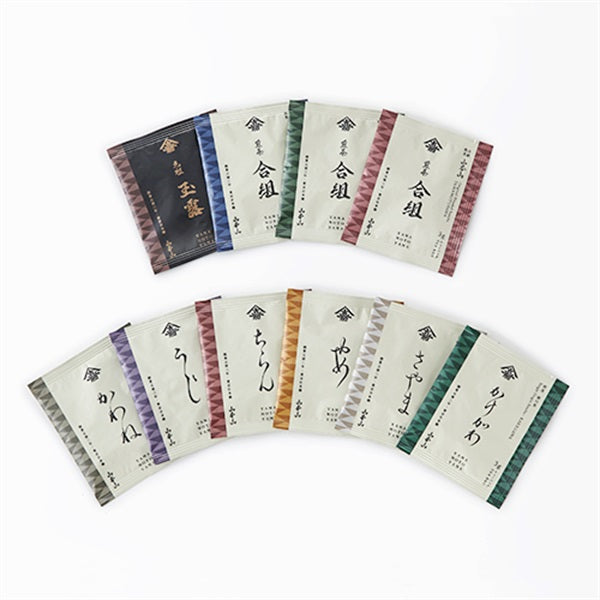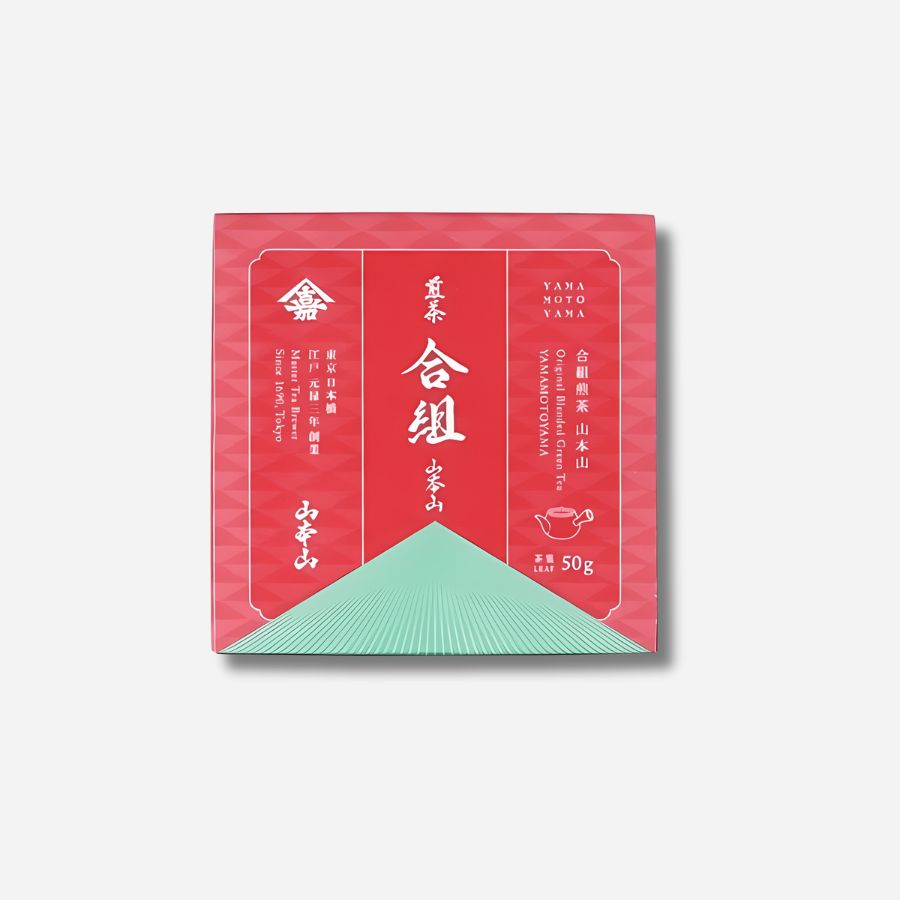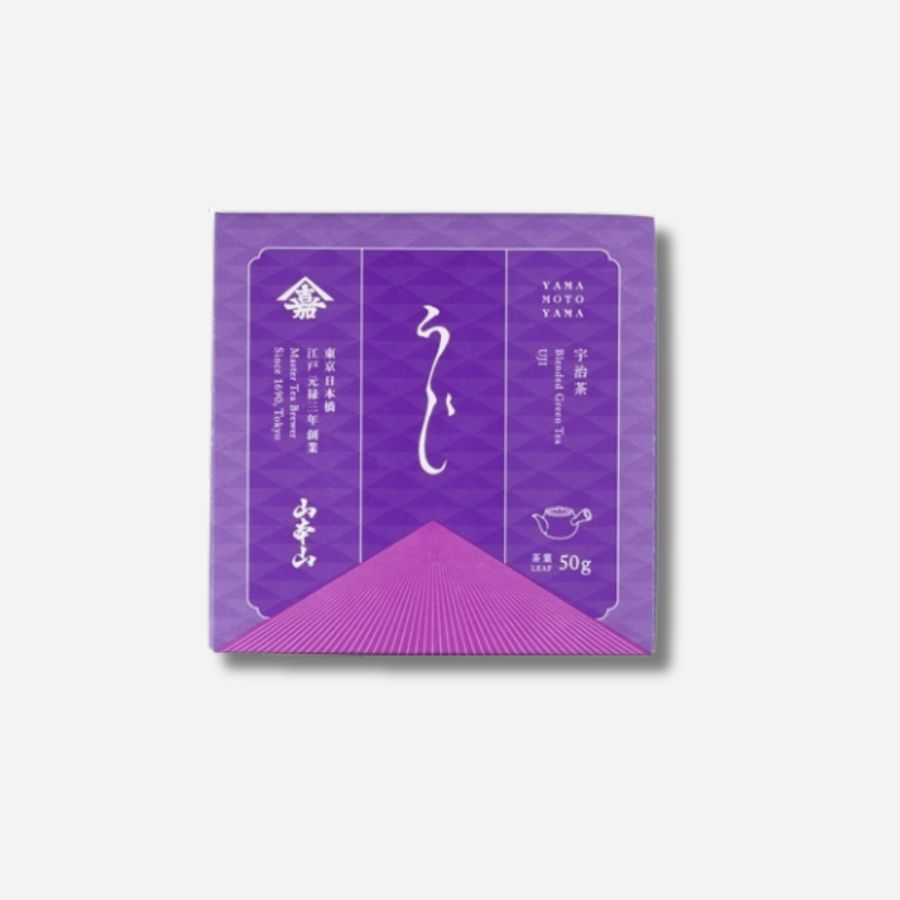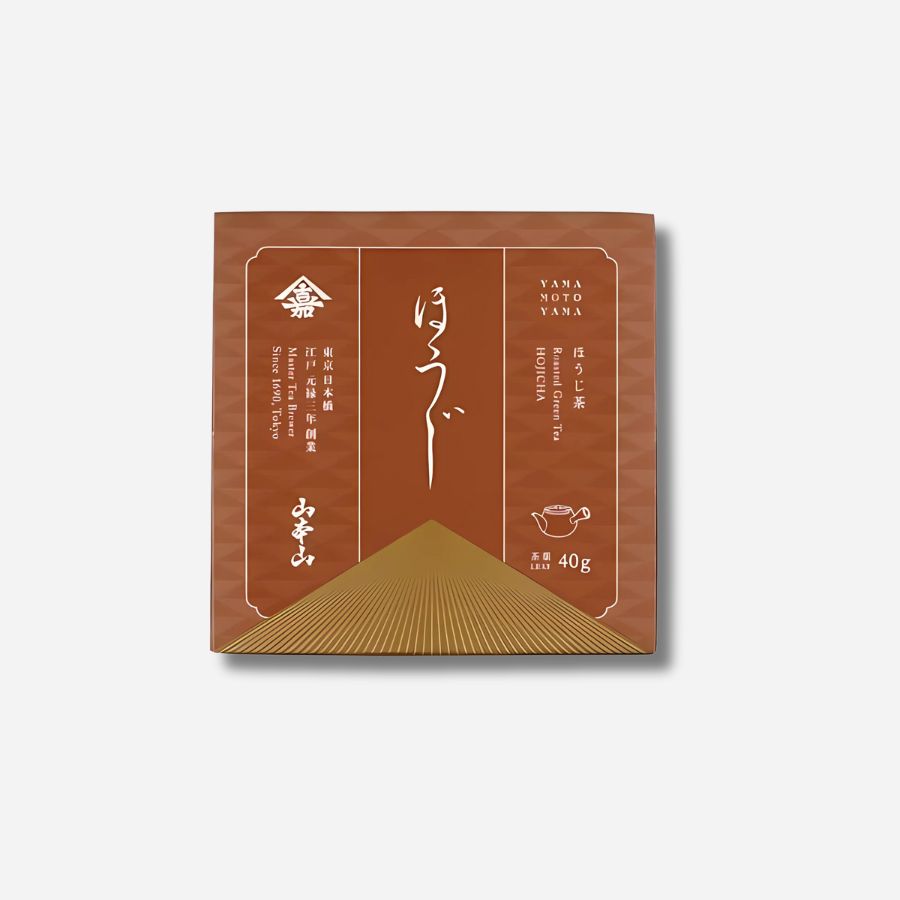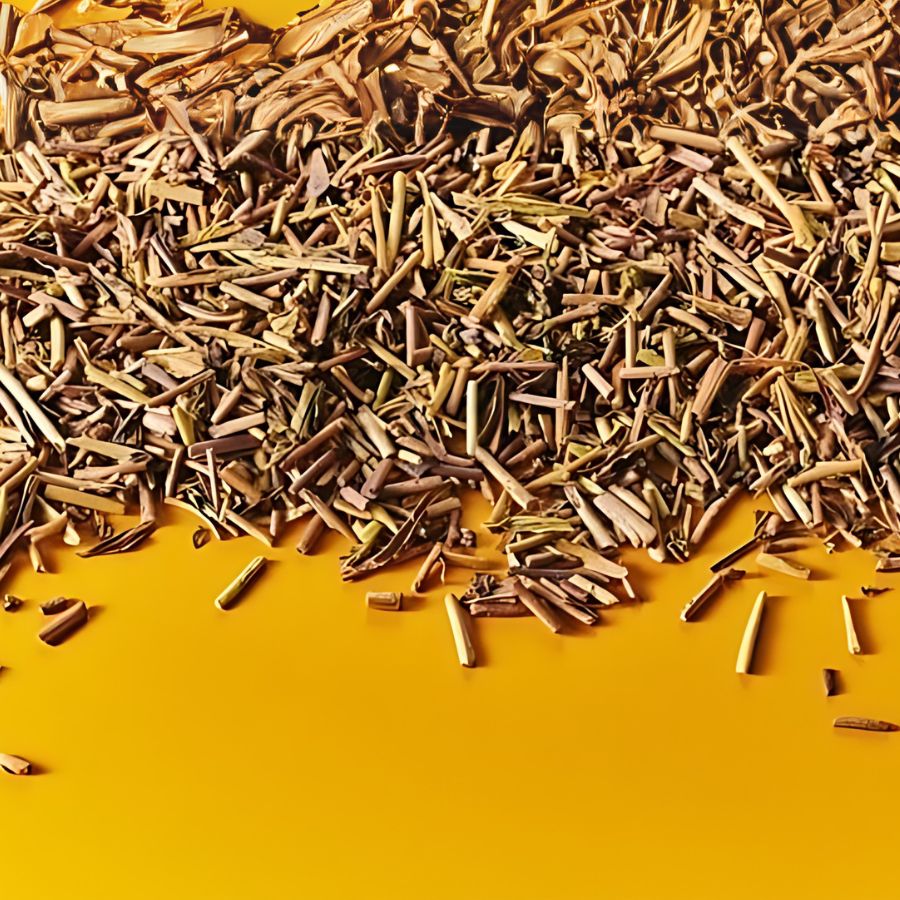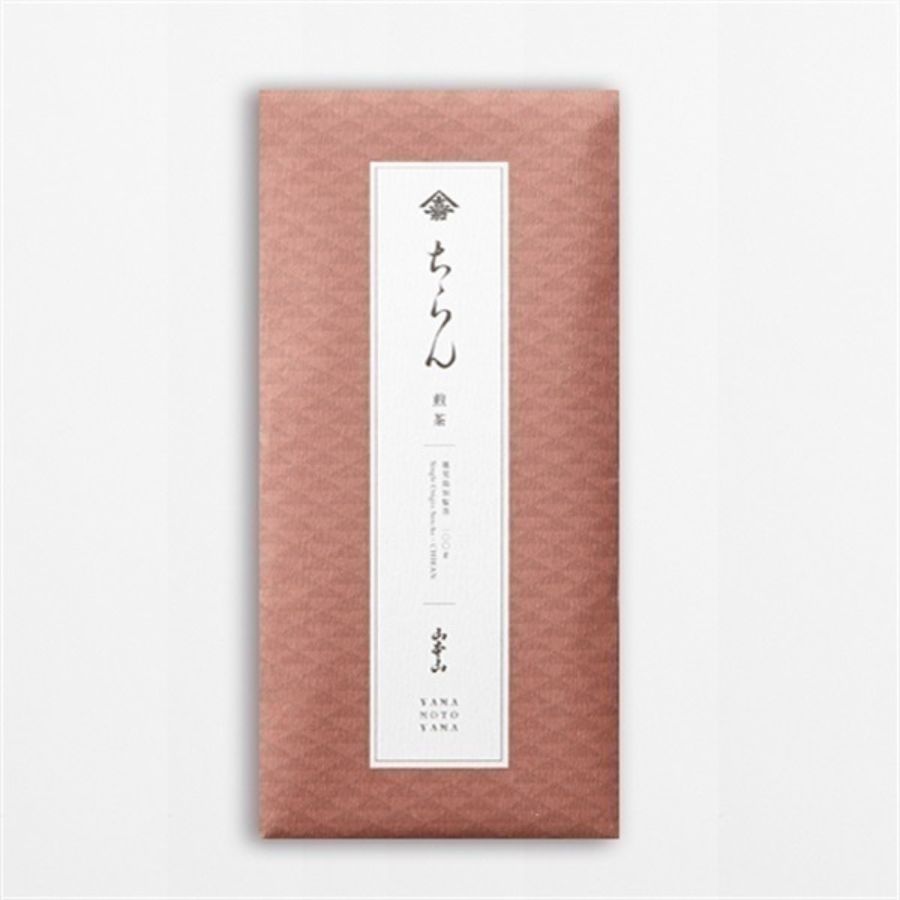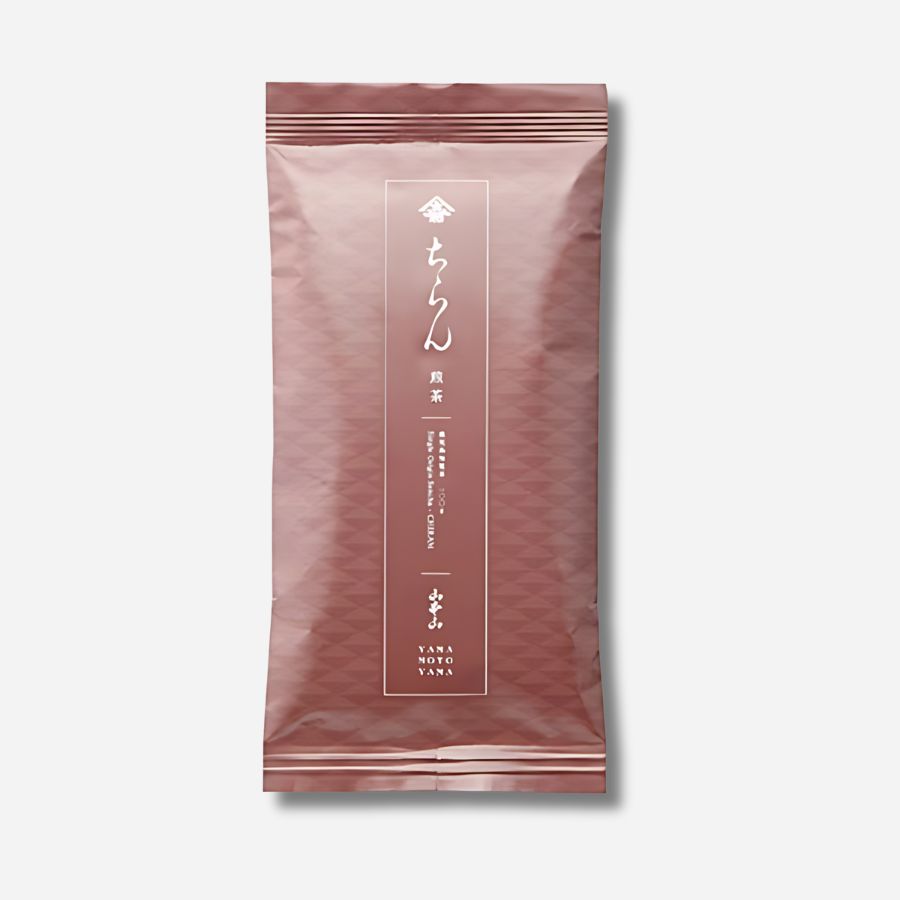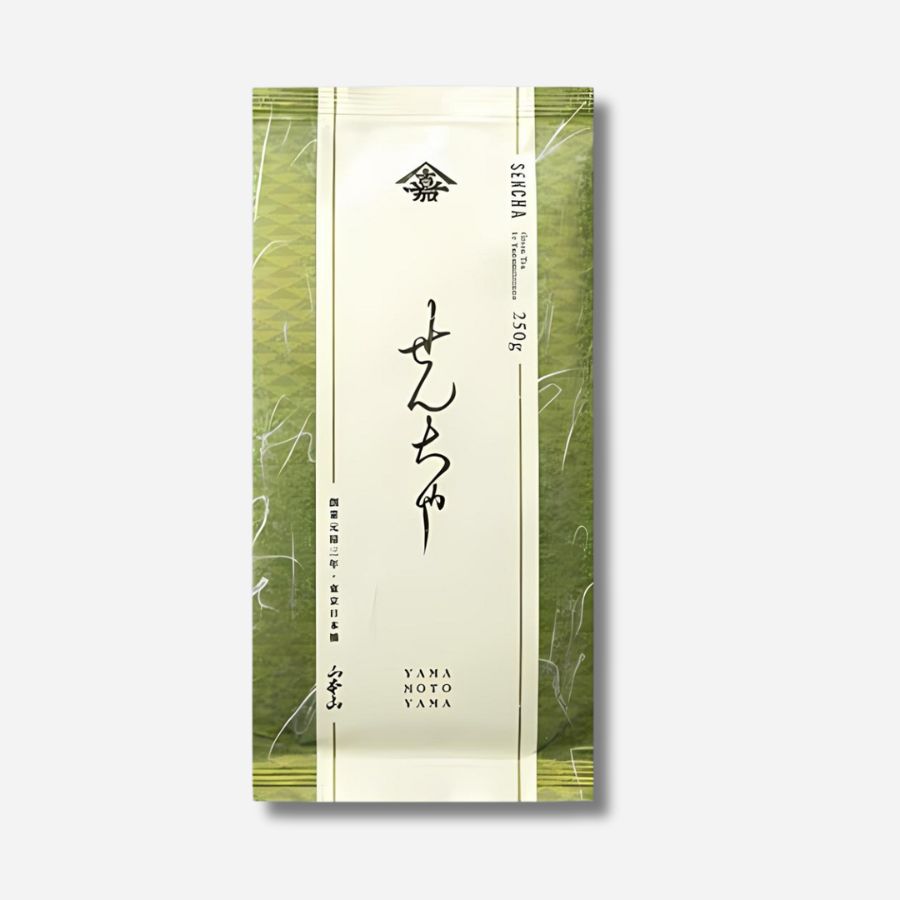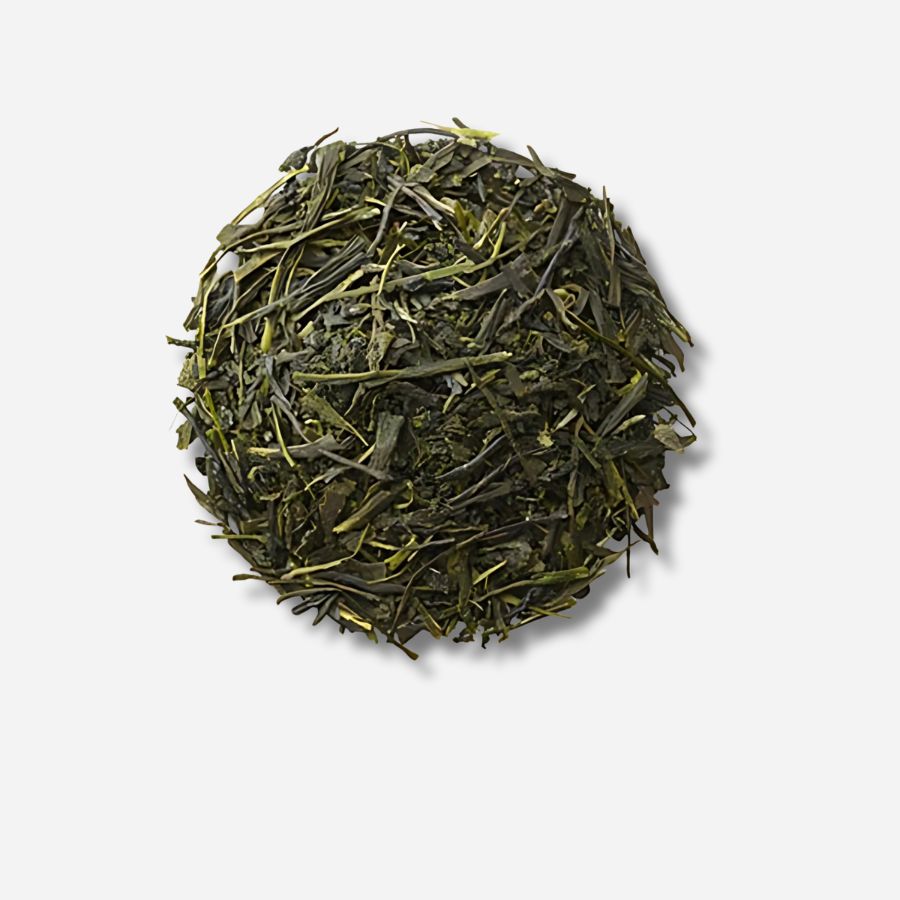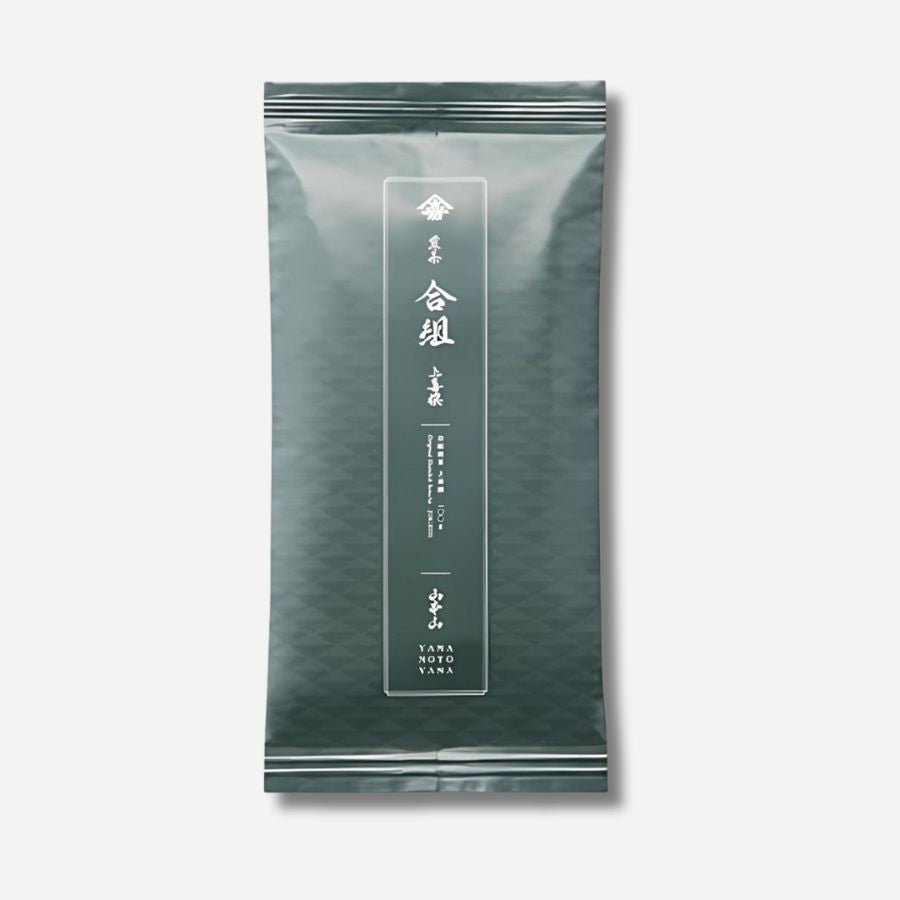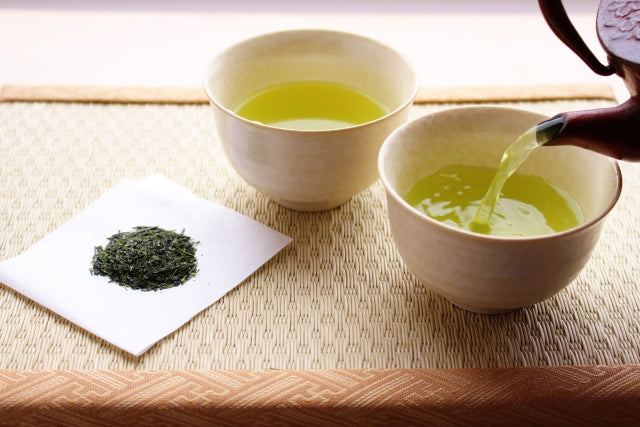
The difference between green tea, black tea, and oolong tea! The taste of tea changes with fermentation
- Introduction
- What is tea fermentation?
- Tea is divided into six types depending on the degree of fermentation
- Unfermented tea (green tea)
- Weakly fermented tea (white tea)
- Semi-fermented tea (green tea)
- Fermented tea (black tea)
- Weakly fermented tea (yellow tea)
- Post-fermented tea (black tea)
- The difference in color is the degree of oxidation.
- summary
Introduction
Tea is a general term for drinks made from the tea plant.
There are many different types of tea, including green tea, black tea, and oolong tea, but they are all actually made from the same plant, the Camellia genus, which belongs to the Theaceae family.
The determining factor in distinguishing between these types is the initial processing method used on the freshly picked leaves.

What is "fermentation" of tea?
The word "fermentation" is used in the case of tea, which means putting to use the enzymes contained in the tea leaves.
The term "fermentation" that we often hear refers to the processing of foods by microorganisms such as lactic acid bacteria and yeast, as in pickles and yogurt, but tea fermentation is mainly the oxidation of tea leaves with oxidizing enzymes.
Tea leaves contain an enzyme called polyphenol oxidase, which causes the leaves to oxidize rapidly if left untreated, changing the flavor and taste.
By adding processes such as brewing over fire or steaming, the degree of fermentation is controlled, resulting in the creation of a wide variety of teas.
The flavor, taste, and even color of the tea varies greatly depending on the extent to which the tea leaves are fermented during the manufacturing process.
Tea is broadly classified into six types based on the degree of fermentation:

Tea is divided into six types depending on the degree of fermentation
1. Unfermented tea (green tea)
This is tea that has undergone little to no fermentation. Most teas known as green teas fall into this category.
Unfermented tea is made by heating the tea leaves as soon as possible after they are picked to stop the activity of enzymes, which is why the leaves retain their vibrant green color and become green tea.
Among unfermented teas, there are two types: "steamed tea," which is made by steaming the picked tea leaves, and "pot-made tea," which is made by roasting the tea leaves without steaming them.
Since the tea leaves are barely fermented, they are green in color, and so unfermented tea is called green tea.

Representative varieties of unfermented tea
Green tea (steamed)
- Sencha: Japan's representative green tea. There are steamed sencha and pan-fried sencha. The fresh leaves are steamed, rolled and twisted into thin strands, so high-quality sencha is as thin as a needle.
- Gyokuro: A high-quality green tea. The tea leaves are grown in a dark environment, giving them a rich, sweet, and savory flavor .
- Kabuse tea: A type of tea made by covering the tea plants directly with bamboo trellis or straw for about a week after the new shoots appear.
- Hojicha: A tea made by roasting Sencha or Bancha at around 180 degrees. It has a fragrant aroma.
- Bancha: Tea made from the tea leaves picked in spring after the first harvest.
- Tencha and Matcha: Tea made by steaming only the leaves of the dew plant, drying them without rolling them, and grinding them in a stone mill into powder. It is mainly used in the tea ceremony.
- Genmaicha: A tea made by mixing sencha and brown rice roasted under high pressure. It has a fragrant aroma and is popular in the Kansai region and west.
- Kukicha: A tea made by roasting the stems after the buds have been picked. It is called "dememono" and has a flavor that exceeds its price, and you can enjoy the unique aroma of the stems.
Green tea (made in a kettle)
- Longjing tea: A representative green tea from China. It is yellowish brown in color and has a sweet taste.
- Kamairi Tama Ryokucha: Produced mostly in Kyushu. The enzyme activity of the raw leaves with a fragrant kamaoka is stopped by roasting them in a kettle instead of steaming them. It has a fragrant aroma called kamaoka.

"Steaming," in which the tea leaves are steamed to stop fermentation, is a common manufacturing method in Japan.
The picked tea leaves are steamed to stop fermentation, then roughly rolled to evenly distribute the moisture. The leaves are then rolled several times to remove more moisture, shaped, and dried.
By the way, tea is called different names depending on the steaming time. Tea steamed for 20 to 30 seconds is called "lightly steamed tea", tea steamed for 30 to 40 seconds is called "medium steamed (normally steamed) tea", tea steamed for a longer time of 60 to 80 seconds is called "deep steamed tea", and tea steamed for even longer than that is called "specially steamed tea".
On the other hand, "Kamairi" is a method in which the tea leaves are roasted in a kettle to stop fermentation.
The tea leaves that are picked are immediately placed in a kettle at a high temperature of about 300 degrees and roasted slowly. After heat treatment in the kettle, the leaves are roughly rolled and twisted, just like in the steaming process, before being dried.

2. Weakly fermented tea (white tea)
Of all fermented teas, this is the least fermented.
It is also called slightly fermented tea. It is called white tea because it is harvested before the tea leaves sprout and the white hairs have fallen off.
Representative varieties of weakly fermented tea
- Baihao Yinzhen: A type of white tea produced mainly in Fujian Province, China, it is characterized by its delicate aroma, mellow sweetness, and refined taste.
- Bai Peony: A type of white tea commonly consumed in Hong Kong and Southeast Asia, this tea is refreshing yet full-bodied.

3. Semi-fermented tea (green tea)
This tea is made by using a small amount of oxidizing enzymes to partially ferment the tea leaves, and then applying heat to stop the fermentation.
Oolong tea, which is popular in Japan, is included in this category. It is called blue tea because the color of the fermented part looks blue.
Representative varieties of semi-fermented tea
- Dongding Oolong: A representative Taiwanese oolong tea with a fragrant aroma.
- Tieguanyin: A high-quality oolong tea produced in Fujian Province.
- Oriental Beauty: Oolong tea made in Taiwan.
- Wuyi Rock Tea: Oolong tea made in Mount Wuyi, Fujian Province.

4. Fermented tea (black tea)
This tea has been fermented to the fullest extent possible using oxidizing enzymes.
The color of the water is reddish brown and has a strong astringent taste. Teas known as black teas belong to this category.
Green tea is common in Japan, but fermented tea is actually the norm around the world, with black tea accounting for 70% of the tea sold worldwide.
Representative varieties of fermented tea
- Darjeeling: A black tea made in northeastern India. It is characterized by its elegant taste and refreshing aroma.
- Assam: Black tea made in northeastern India. It has a rich flavor and a slightly sweet aroma.
- Ceylon tea: Black tea made in Sri Lanka. It has a mild, mild flavor.
There are also other types of tea that have been fermented using methods other than oxidizing enzymes. 
5. Weakly fermented tea (yellow tea)
After bringing out the characteristic aroma and flavor, a unique process called Mon'ou is added to create a weakly fermented, non-fermented tea.
It is called yellow tea because the tea leaves have a slight yellowish hue.
Representative variety of weakly fermented tea
- Junshan Yinzhen: This tea is produced in Junshan, Hunan Province, China, and is known as the highest quality yellow tea.
- Mengding Huangme: One of the ten great Chinese teas that has been prized as a tribute since the Qing dynasty. It has a refreshing floral fragrance and a slight sweetness.

6. Post-fermented tea (black tea)
Instead of fermenting the tea leaves using the enzymes contained in the leaves, this tea is fermented by inoculating the finished tea leaves with microorganisms such as lactic acid bacteria and yeast.
It has a black color and a unique fragrance, and is called "black tea" because of its black appearance.
Representative varieties of post-fermented tea
- Pu-erh tea: A tea native to Yunnan, China, that has been produced for over 2,000 years. It has a unique earthy aroma.
- Goishicha: A unique post-fermented tea handed down in Ootoyo Town, Kochi Prefecture. The tea leaves are inactivated after picking, then fermented with mold, and then fermented again with lactic acid bacteria.

The color changes depending on the degree of oxidation.
As we have seen so far, these teas all originally come from the same "Camellia sinensis plant", but they differ greatly in color as well as taste and flavor.
This is also due to the influence of oxidase.
If picked tea leaves are left as they are, the enzymes contained in the leaves will oxidize and cause them to discolor.
Green tea, which stops the action of enzymes, remains green, so the tea remains green in color. On the other hand, black tea turns reddish brown because the action of enzymes is not stopped, and the component catechin oxidizes to produce a reddish brown pigment.
Oolong tea is produced in a way that is somewhere in between the two, resulting in an orange color that is right in the middle.

summary
What do you think? Even though tea is made from the same tea plant, there is a wide variety depending on the manufacturing method.
Why not try a variety of teas, including Japanese tea as well as black tea and oolong tea, and enjoy the degree of fermentation, color, and aroma?


